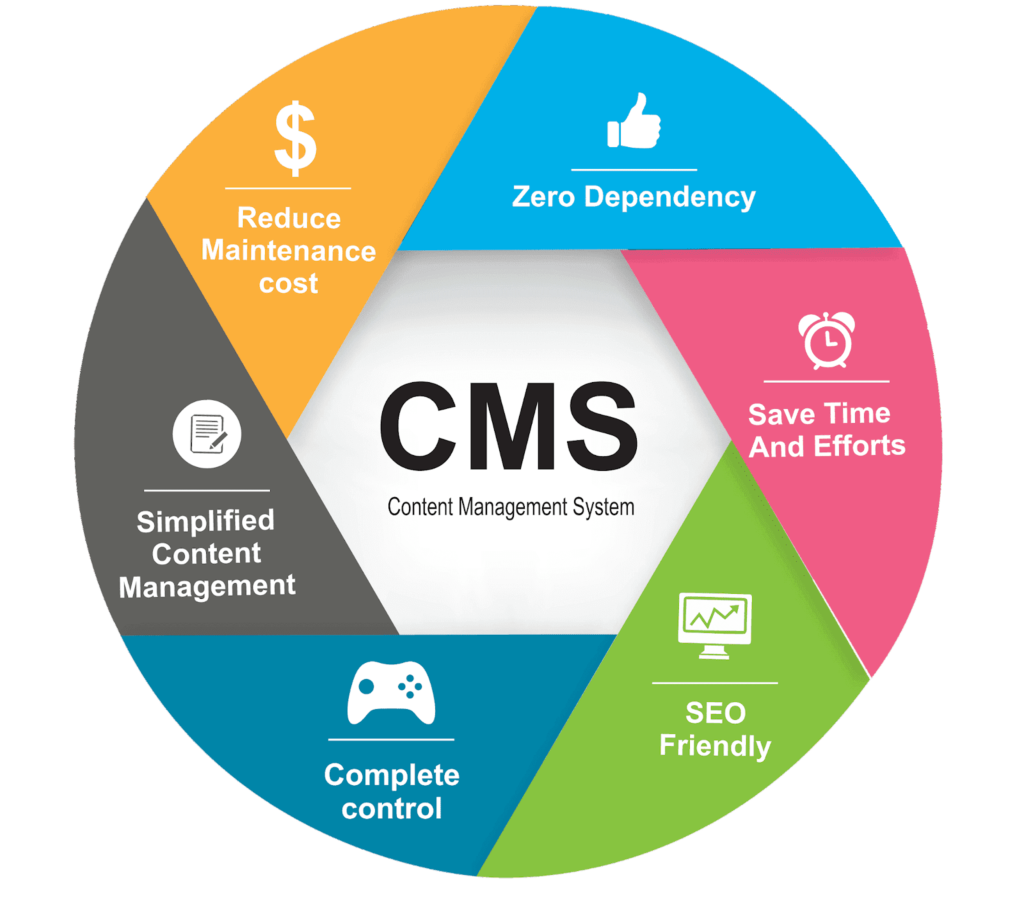
A content management system, often abbreviated as CMS, is software that helps users create, manage, and modify content on a website without the need for specialized technical knowledge.
Seven content management system (CMS) examples
- WordPress. WordPress is by far the most popular content management system.
- Joomla. After WordPress, Joomla is the second most popular CMS.
- Drupal.
- Magento.
- Squarespace.
- Wix.
- Ghost.
Why do we use CMS
- 1) You can update your website on your own terms.
- 2) No HTML knowledge?
- 3) Redesigning your website won’t require a complete site overhaul.
- 4) Access the most up-to-date web functionality.
- 5) Manage your entire internet marketing strategy under one roof.
What is a CMS tool?
Stands for “Content Management System.” A CMS is a software tool that allows you to create, edit, and publish content. Additionally, most web-based CMSes are updated automatically, ensuring all users have the latest tools to manage their content. … Several web-based CMS tools are available.
What are the features of CMS?
- SEO-friendly URLs.
- customizable templates to manage content presentation.
- permission-based access control.
- user and group functionality.
- content organization structures, eg hierarchy, and taxonomy.
- content virtualisation.
- versioning and workflow management.


